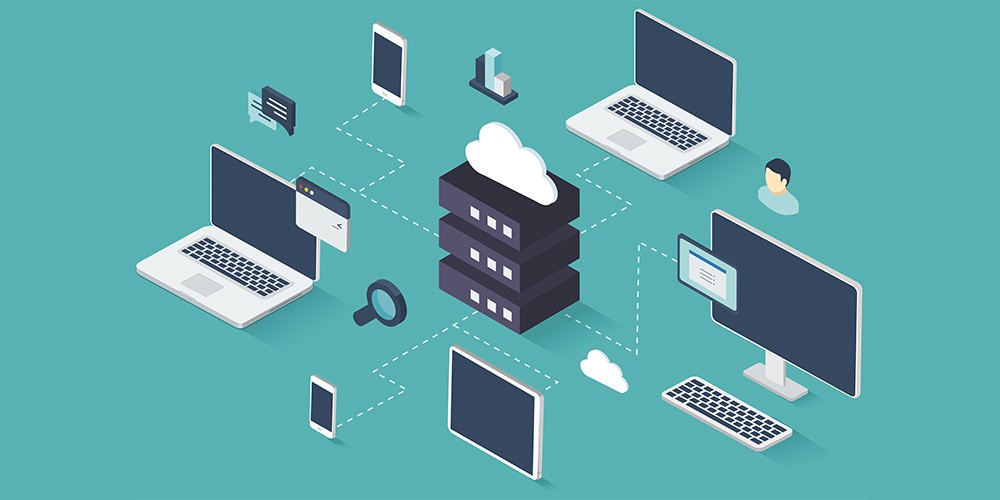With companies seeking the best return on investment for their technology expenditure, Cloud migration, or, in some cases, migrating to a different Cloud environment or changing to a new Cloud provider, can be a good choice. Read on to learn more about the benefits of using the cloud as well as what to consider before migrating.
Benefits of Cloud Computing
Cloud computing, which has become more common over the last decade or so, is a model whereby businesses can store and access data and other computing resources via the Internet. Benefits include predictable costs and flexibility. With cloud computing, the cloud service provider furnishes and maintains the infrastructure, converting burdensome capital expense to a more flexible operating expense. Models of cloud computing include Software as a Service (SaaS) and Infrastructure as a Service (IaaS), among others. Both of these cloud segments offer the advantage of off-site infrastructure; in the case of SaaS, the software is provided. Cloud computing can be billed on a monthly or annual subscription basis, and the cost of initial migration may be spread out over time. Along with these economic benefits, migrating to the cloud necessitates a company to evaluate its needs and goals.
Considering a Cloud Migration
Before a Cloud migration, businesses need to consider their reasons for doing so and which Cloud environment is best. Some businesses need to keep their customers’ or clients’ data compliant with industry regulations such as HIPAA, in which case a private cloud environment may be preferred. Others may need the flexibility of a public Cloud solution. Still others may be turning to the Cloud with business continuity and disaster recovery as a primary goal, and be especially concerned about failover in case of a disaster.
If you have mission-critical cloud applications, such as a call center service or phone system (VoIP), you may want to consider failover for multiple network providers using a software-defined wide area network (SD-WAN), in order to keep network traffic moving. If one provider experiences a bottleneck, another can pick up the traffic to ensure uninterrupted service.
Cloud-to-Cloud Migration
Under certain circumstances, a business might want to move its data and applications to a different cloud environment. One reason for migration may be a better service level agreement from the cloud provider or enhanced functionality from a cloud application. Another example, might be the need to ensure data residency is within a geographic boundary.
The benefits of cloud computing are many, yet a company needs to consider its strategy before migration. To get help with developing a strategy and planning migration, contact your trusted technology advisor today.

Recent Comments